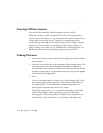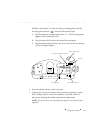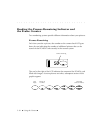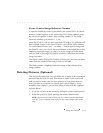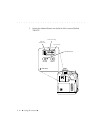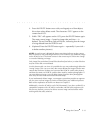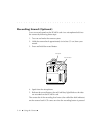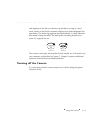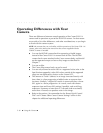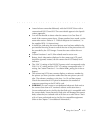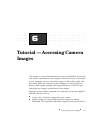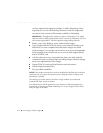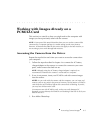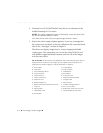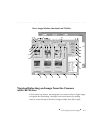
. . . . . . . . . . . . . . . . . . . . . . . . . . . . .
5-16 Using the Camera
Operating Differences with Your
Camera
There are differences between normal operation of the Canon EOS-1 N
camera and its operation as part of the EOS
•
DCS camera. For that reason
we provide a list of the differences, and other considerations, as you begin
to work with the camera system.
NOTE: We assume that you are familiar with the operation of the Canon EOS-1 N
camera; refer to the instruction manual for that camera supplied with the
EOS
•
DCS camera if needed.
You use the KODAK camera back incorporating a Kodak imager
instead of the Canon EOS-1 N camera back for film. The KODAK
camera back comes attached to the Canon camera body, and should
not be separated except to clean a dirty imager as described in
Chapter 7.
You use no film.
The Canon film camera back can not be used.
You are only allowed to set the ISO to a supported value (refer to the
Specifications appendix); other ISO values outside of the supported
range are not displayed as choices on the Canon LCD.
The amount of “noise” (defects) in an image increases linearly with
time; there is a slow progression of added noise as exposure time
increases. Similarly, a higher ISO results in more noise than a lower
ISO, again in a linear progression. As a result, work with shorter
exposure times and lower ISO settings if possible, and avoid long
exposures. Exposures of more than 4–5 seconds (and occasionally
more than
1
⁄2 second) can produce noise in the image.
Refer to the sections “Accommodate for the Absent Quick Control
Dial” and “Choose Other Canon Camera Settings” earlier in this
chapter for additional operating differences.



